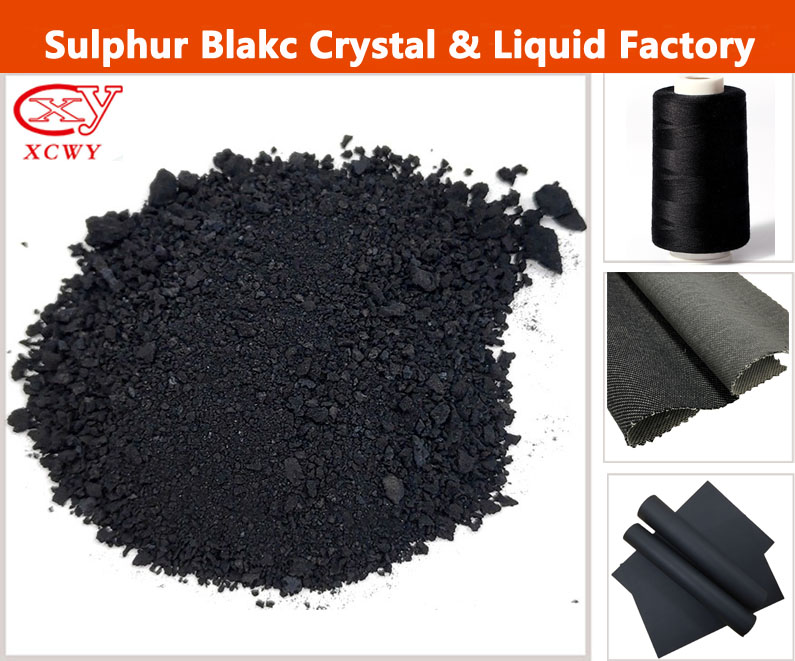When using sulphur black BR (a type of sulphur dye) for dyeing, attention should be paid to various issues, including operational safety, process control, environmental protection, and dyeing effect. The following are key precautions:
Process control
1. Reduction dissolution (chemical material):
*Dosage and temperature of sulfide alkali: Sodium sulfide(usually sodium sulfide Na ₂ S) is a reducing agent and alkaline agent. The dosage must be sufficient and accurate to ensure that the dye is fully reduced and dissolved into the latent color. The water temperature of the chemical material is usually around 60-80 ℃. If the temperature is too low, it will not dissolve sufficiently, and if it is too high, it may damage the dye. **Be sure to operate the chemical process in a well ventilated area.
*Chemical method: Usually, a small amount of hot water is used to dissolve the sulfurized alkali, then dye powder is added to make a slurry, and finally diluted with hot water to the specified volume. Avoid clumping of dye powder.
2. Dyeing process
*Bath ratio control: Maintain a stable dye bath volume (bath ratio).
*Temperature control: Strictly control the heating rate and insulation temperature (usually between 90-95 ℃). Temperature affects the dyeing rate and uniformity.
*Time control: The insulation time should be sufficient to ensure that the dye is fully applied and penetrated.
*Electrolyte: It is usually necessary to add sodium sulfate or salt as a dye promoter to improve the dye uptake and depth. The addition time and amount need to be well controlled.
*Alkalinity (pH): Maintaining high alkalinity (pH>10) of the dye bath is crucial, as it is a necessary condition for the stability and dyeing of sulfide dyes. Sodium sulfide itself provides alkalinity, but the alkalinity may decrease during the process, and sometimes pure alkali or other alkaline agents need to be supplemented.
*Uniformity: Sulfur black dyes darker and has relatively better coverage, but attention should also be paid to controlling the temperature, adding salt, and stirring to prevent discoloration. The concentration of dye pigments in the dye bath is very high, which can be easily oxidized by air into insoluble substances and contaminate the fabric (known as “wind-induced printing”). It is necessary to keep the liquid level covered and avoid excessive agitation that brings in too much air.
Contact person: Miss Jessie Geng
Email:jessie@xcwychem.com
Mobilephone/Whatsapp: +86-13503270825
Post time: Aug-01-2025






